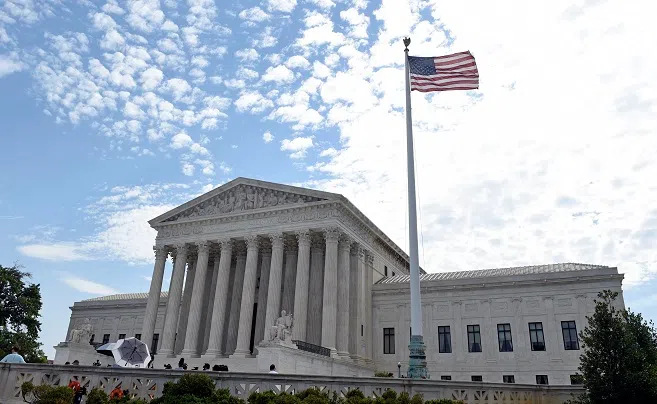Schwarzenegger calls on the Supreme Court “to fix this problem of severe gerrymandering…Congress will never, ever fix this problem.” (ABC) pic.twitter.com/wmO24m1S6L
— Kyle Griffin (@kylegriffin1) October 3, 2017
The Supreme Court on Tuesday heard oral arguments for a long-awaited case on partisan gerrymandering, the outcome of which could essentially overhaul the American election process.
Gerrymandering has become an increasingly divisive issue in recent years, as lower courts have begun striking down what they view as overtly partisan redistricting that tilt elections towards the political parties that draw their districts’ maps.
So far, the justices appear sharply divided over whether they should intervene in instances of extreme gerrymandering, with all eyes on Justice Anthony Kennedy, who is viewed as the swing vote in the case.
Here’s what you need to know:
What is gerrymandering?
Gerrymandering refers to the practice of drawing political districts that give one party a lopsided advantage over the other in an election.
Boundaries for state and federal districts are redrawn every 10 years following the federal census to ensure each district contains roughly the same number of people. Usually, the party in power is the one in control of the redistricting — meaning both Republicans and Democrats have benefited from gerrymandering.
Legislators use two main strategies to gerrymander districts: packing and cracking. Packing sweeps members of a particular group into one district, so as to allow the other party to win the leftover districts. Cracking does the opposite — it splits a single group across multiple districts, diminishing its voting power.
Another concept, which is at the heart of the case the Supreme Court heard on Tuesday, is known as the “efficiency gap.” It measures roughly how many votes are determined to be “wasted” — meaning they don’t contribute to an election win — as a result of the gerrymandering.








